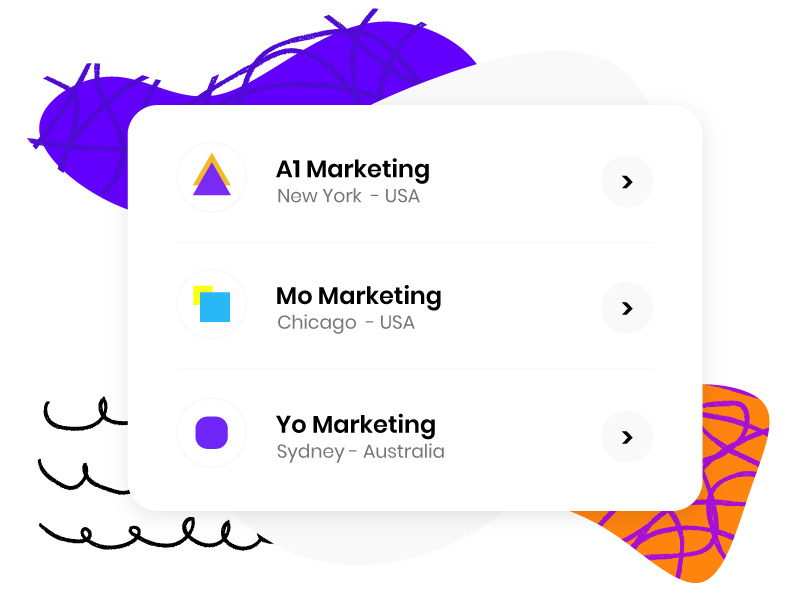
The world of collectibles has exploded in recent years, fueled by nostalgia, investment potential, and the rise of digital assets like NFTs. From rare sneakers and vintage watches to comic books and crypto art, collectors are spending billions to own pieces of history—or at least pieces they believe will appreciate in value. But what happens when your passion outpaces your budget? Enter no cosigner loans for collectibles, a financial lifeline for enthusiasts who don’t have a guarantor but still want to expand their collections.
Why No Cosigner Loans Are Gaining Popularity
Traditional lenders often require a cosigner—someone with good credit who agrees to repay the loan if the borrower defaults. But not everyone has a willing or qualified cosigner. This is especially true for younger collectors or those with limited credit history.
The Rise of Alternative Lending
Fintech companies and specialized lenders are stepping in to fill the gap. They recognize that collectibles—whether a rare Pokémon card or a Rolex—can hold significant value. Instead of relying on a cosigner, these lenders assess the asset itself, offering loans based on the item’s market worth.
The Impact of the Digital Economy
With platforms like eBay, StockX, and OpenSea facilitating billion-dollar transactions, collectibles are more liquid than ever. Lenders see this as an opportunity: if a borrower defaults, they can resell the collateral quickly. This shift has made no cosigner loans for collectibles a viable option for many.
How No Cosigner Loans for Collectibles Work
Unlike traditional personal loans, these loans are asset-backed, meaning the collectible itself secures the financing. Here’s how it typically breaks down:
1. Appraisal Process
Lenders evaluate the item’s authenticity, condition, and market demand. For physical collectibles, this might involve third-party grading (e.g., PSA for trading cards). For digital assets, blockchain verification ensures legitimacy.
2. Loan Terms
- Loan-to-Value (LTV) Ratio: Most lenders offer 50-70% of the appraised value.
- Interest Rates: Typically higher than mortgages but lower than credit cards (often 8-20% APR).
- Repayment Period: Usually 6 months to 5 years, depending on the lender.
3. Collateral Holding
The lender may hold the collectible in a secure vault (for physical items) or use a smart contract (for NFTs) until the loan is repaid.
The Pros and Cons of No Cosigner Collectible Loans
Advantages
✅ No Credit Check Required – Your eligibility depends on the asset, not your FICO score.
✅ Fast Funding – Some lenders disburse funds within 24 hours.
✅ Flexible Use – Unlike auto or home loans, you can spend the money however you want.
Risks
⚠️ High Interest Rates – If you default, the lender keeps your collectible, and you lose both the asset and any payments made.
⚠️ Market Volatility – If the collectible’s value drops, you could owe more than the item is worth.
⚠️ Scams & Fraud – Fake grading certificates or counterfeit items can lead to loan denials or legal trouble.
Real-World Applications: Who’s Using These Loans?
1. Flipping Collectibles for Profit
Entrepreneurs use these loans to buy undervalued items, then resell them at a premium. For example, a sneakerhead might borrow against a pair of rare Jordans to fund another purchase.
2. Liquidity Without Selling
Serious collectors hate parting with their treasures. A loan lets them access cash while keeping their prized possessions.
3. Emergency Funding
When unexpected expenses arise, a collectible can serve as emergency collateral—no need to beg family for a cosigner.
The Future of Collectible-Backed Lending
As blockchain technology improves, we’ll likely see more decentralized lending platforms where borrowers and lenders interact peer-to-peer without traditional banks. NFTs, in particular, are becoming a popular collateral option due to their transparent ownership records.
Regulation will also play a role. Right now, the space is a bit like the Wild West, but as governments catch up, we may see standardized practices that protect both borrowers and lenders.
Final Thoughts for Borrowers
If you’re considering a no cosigner loan for collectibles, do your homework:
- Research lenders thoroughly—look for reviews and BBB ratings.
- Get multiple appraisals to ensure you’re getting fair value.
- Have an exit strategy—know how you’ll repay the loan before signing.
The collectibles market isn’t slowing down, and neither is the demand for creative financing solutions. Whether you’re a seasoned collector or a newcomer, these loans offer a way to fuel your passion without relying on someone else’s credit. Just remember: with great buying power comes great responsibility.
Copyright Statement:
Author: Avant Loans
Link: https://avantloans.github.io/blog/no-cosigner-loans-for-collectibles-4952.htm
Source: Avant Loans
The copyright of this article belongs to the author. Reproduction is not allowed without permission.
Recommended Blog
- Navy Federal Loan for Legal Fees
- Will Loan Approval Become Faster in 2025?
- Using 401k to Pay Student Loans: Financial Advisor Insights
- The Best Student Loan Refinancing Options for Undergraduates
- Bad Credit Car Loans: Should You Lease Instead?
- Bad Credit Business Loans: Guaranteed Funding Options
- Personal Loans for Homebuying: A Viable Alternative?
- Title Loans in Katy: Using Your Car as Collateral
- Bad Credit Loans for Appliance Purchases
- Joint Loans for Musicians: Funding Your Passion
Latest Blog
- Payday Loans for Unemployed: How to Negotiate Better Terms
- Extremely Bad Credit Loans for Online Courses
- The Truth About 0 Interest Loans in the UK
- Collateral Loans for Medical Expenses
- Where to Find Loans That Actually Approve Everyone
- USDA Loan for New Construction: How It Works
- 7-Year Loans for Luxury Purchases: Yachts, Jewelry & More
- Secured vs. Unsecured Loans in Yukon, OK: Key Differences
- How to Pay Off Discover Student Loans Faster
- Car Loans 101: A Beginner’s Guide to Financing Your Vehicle
